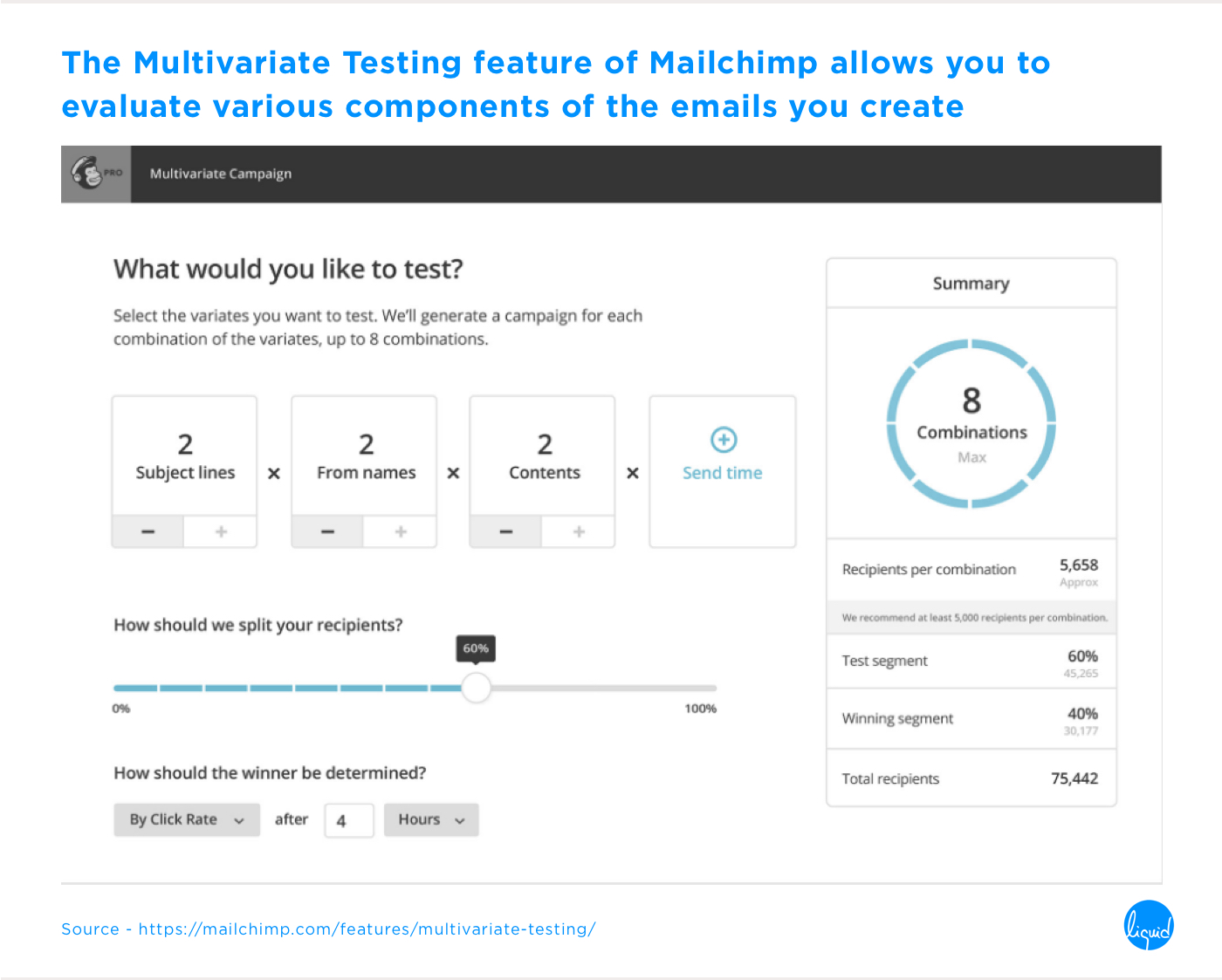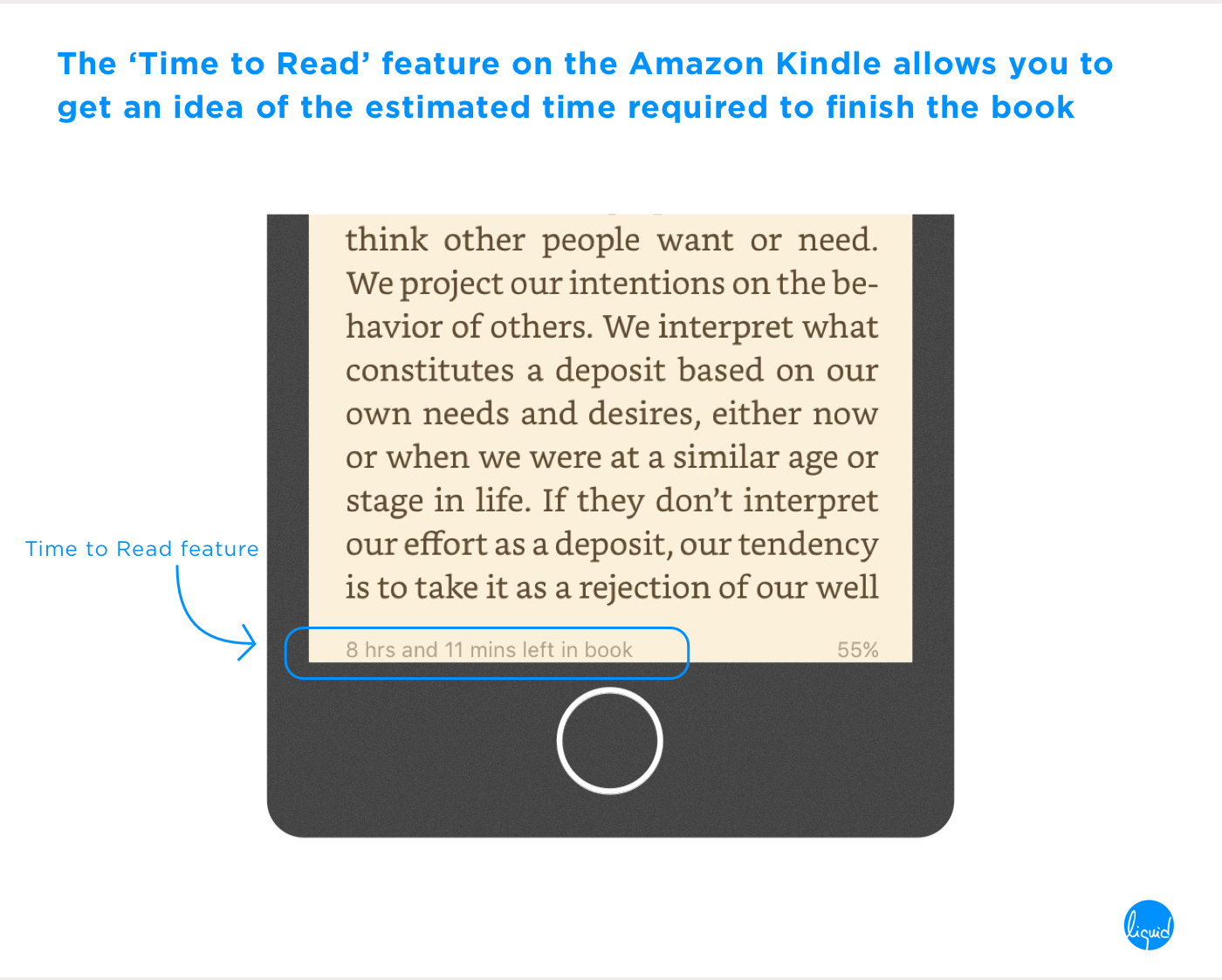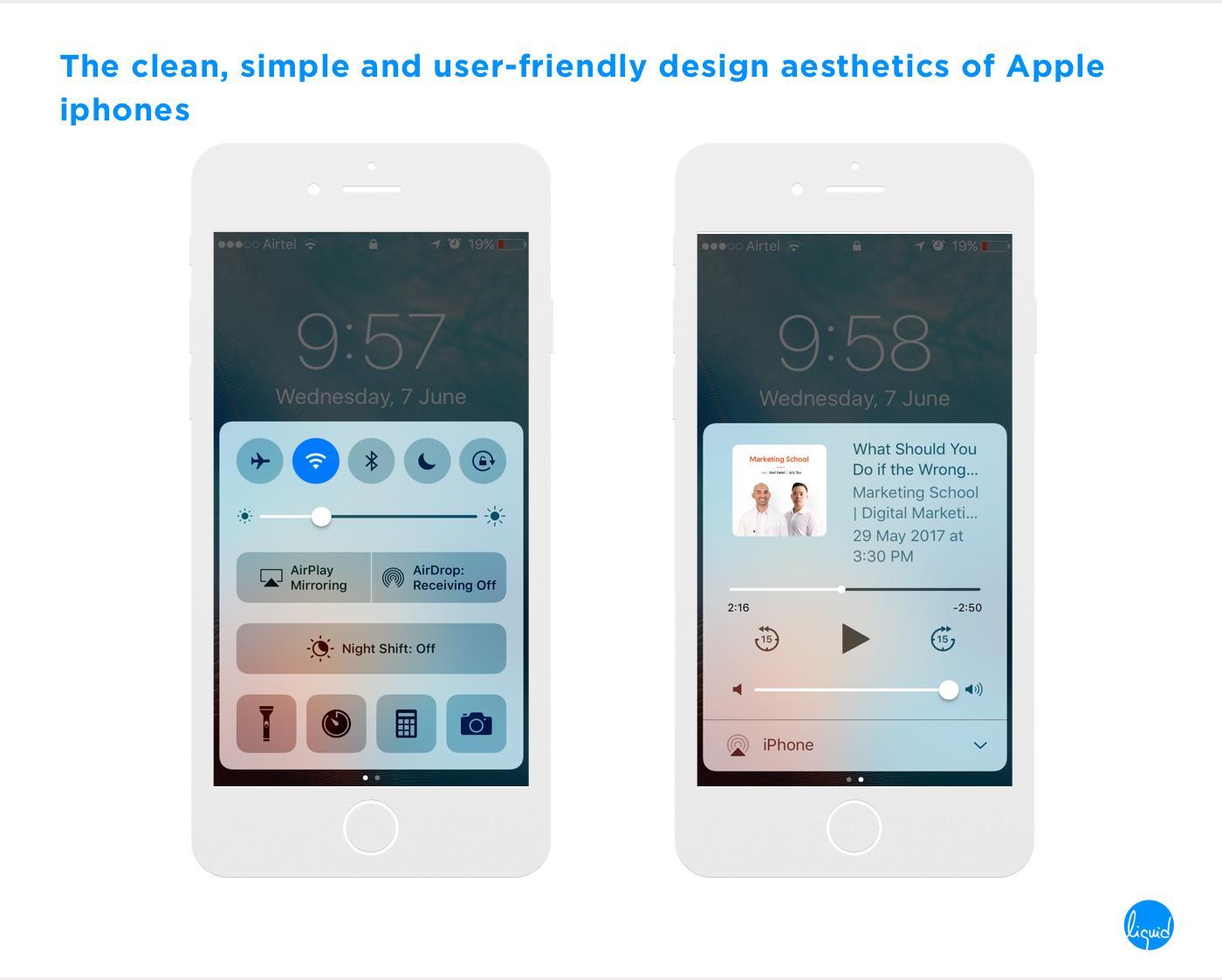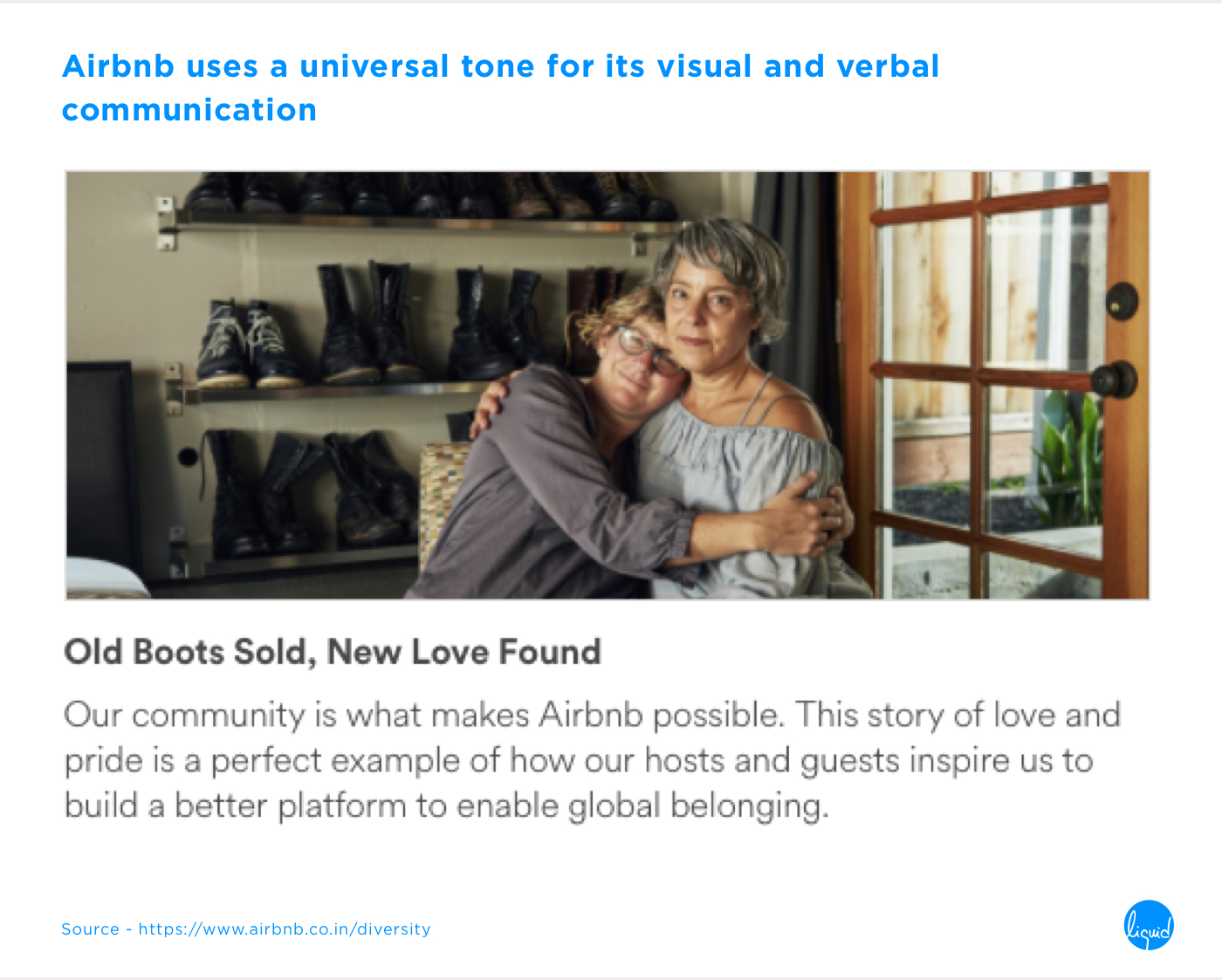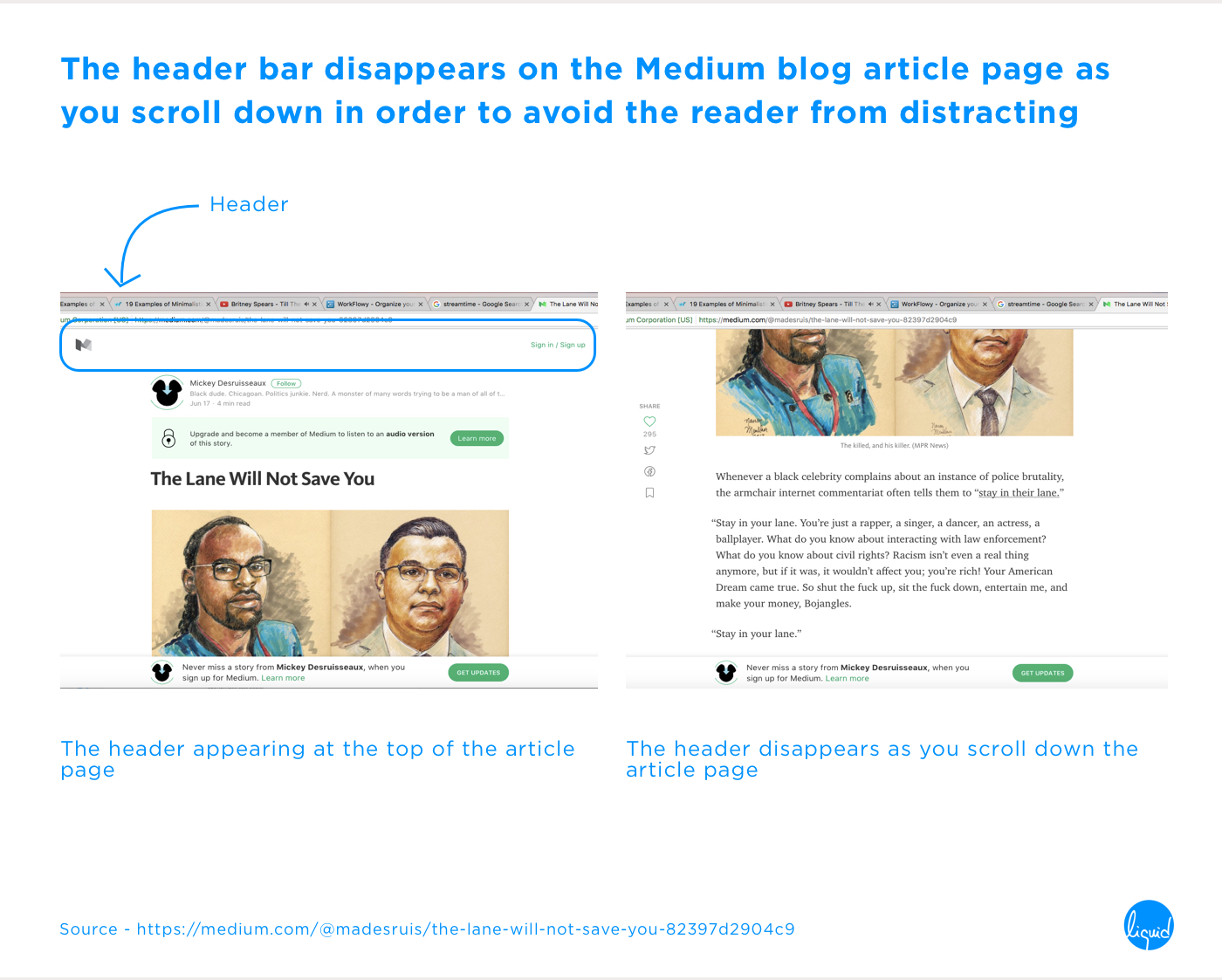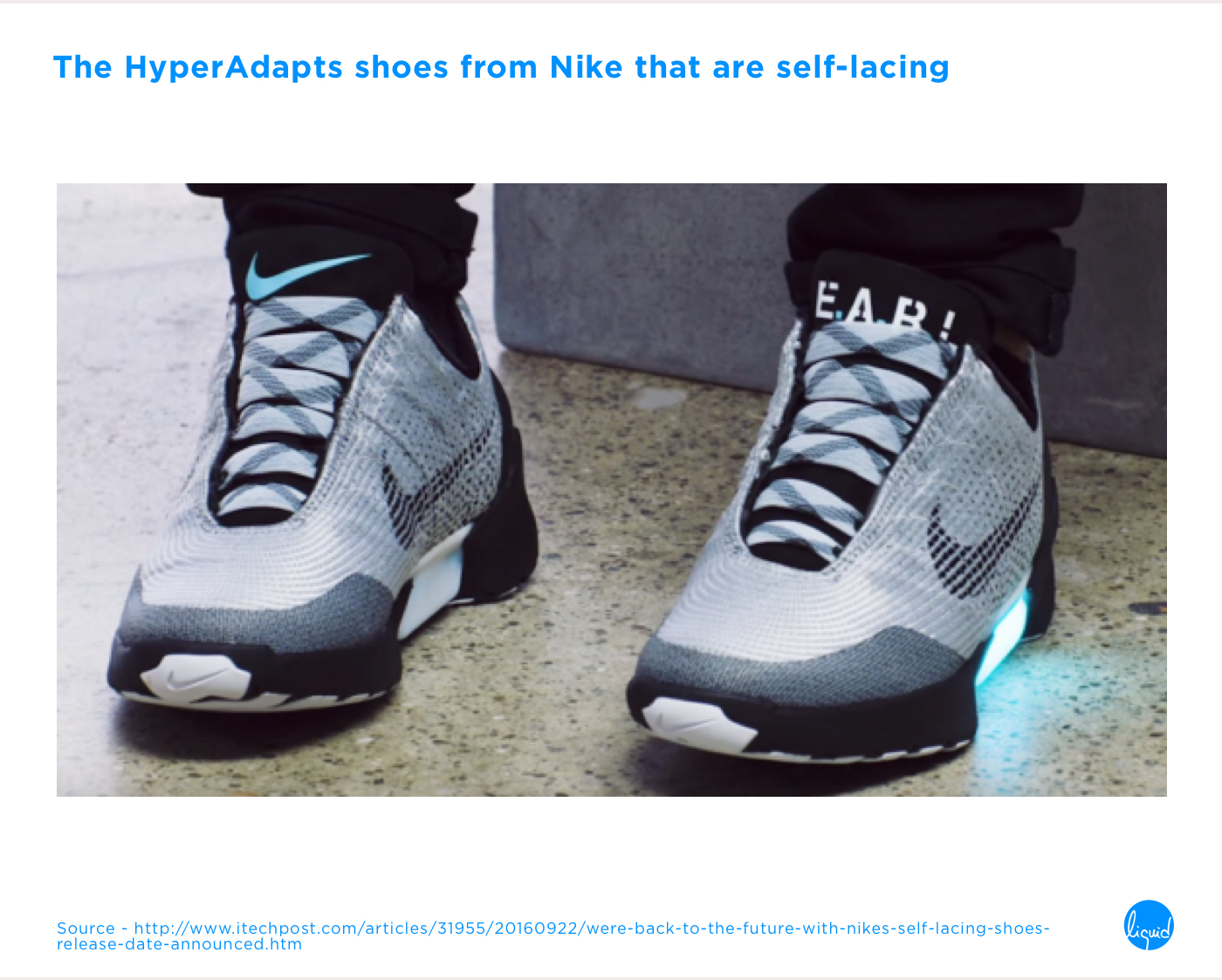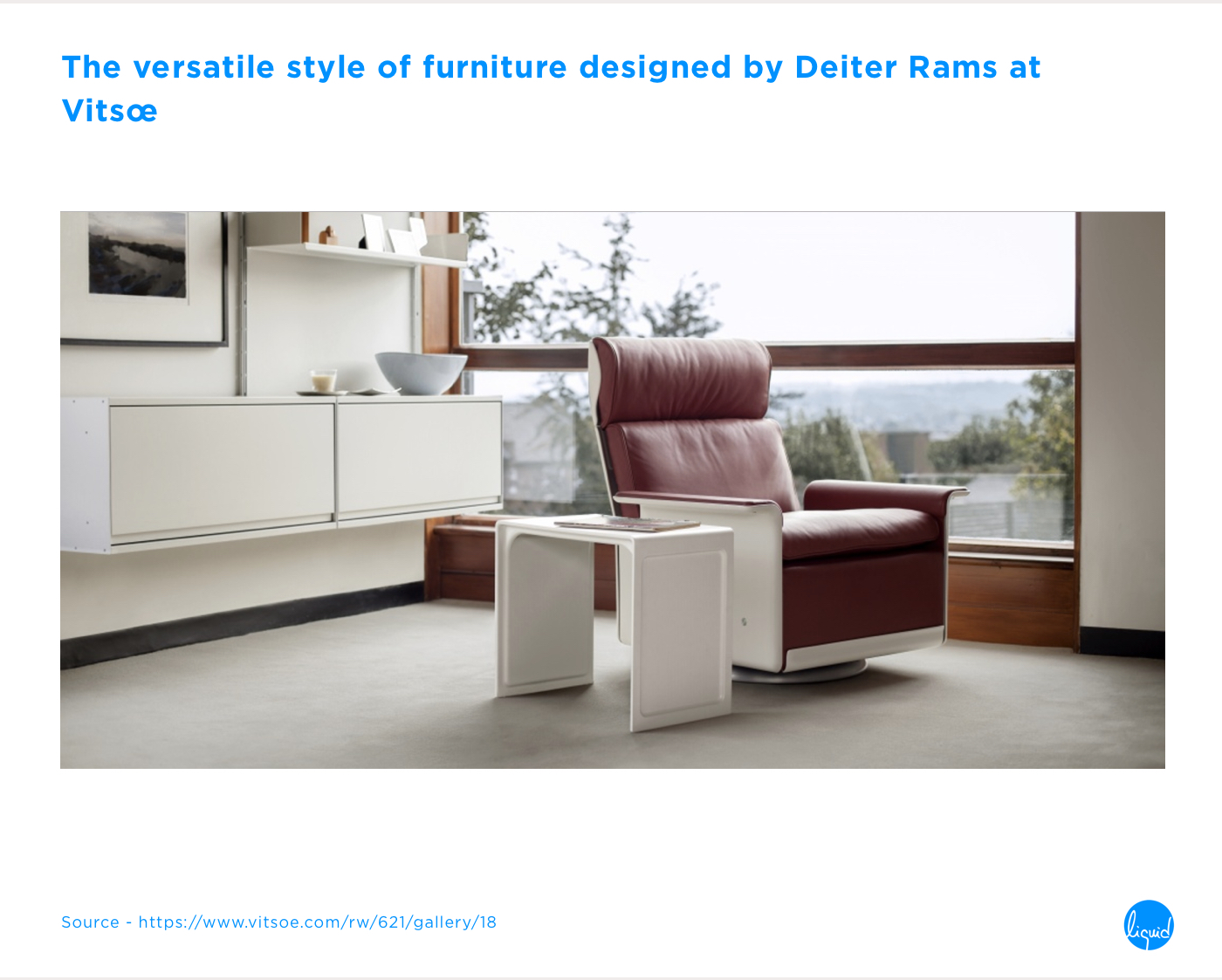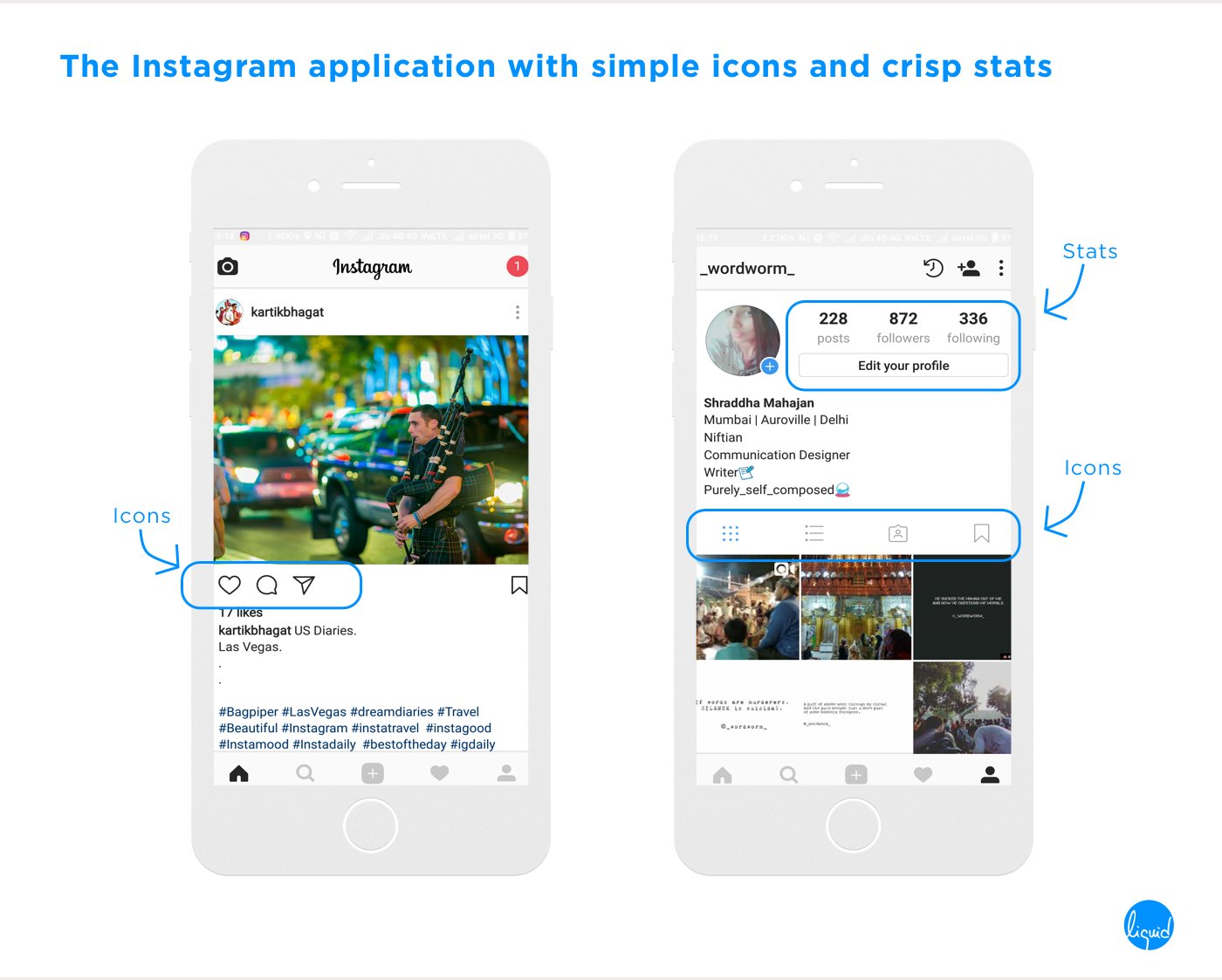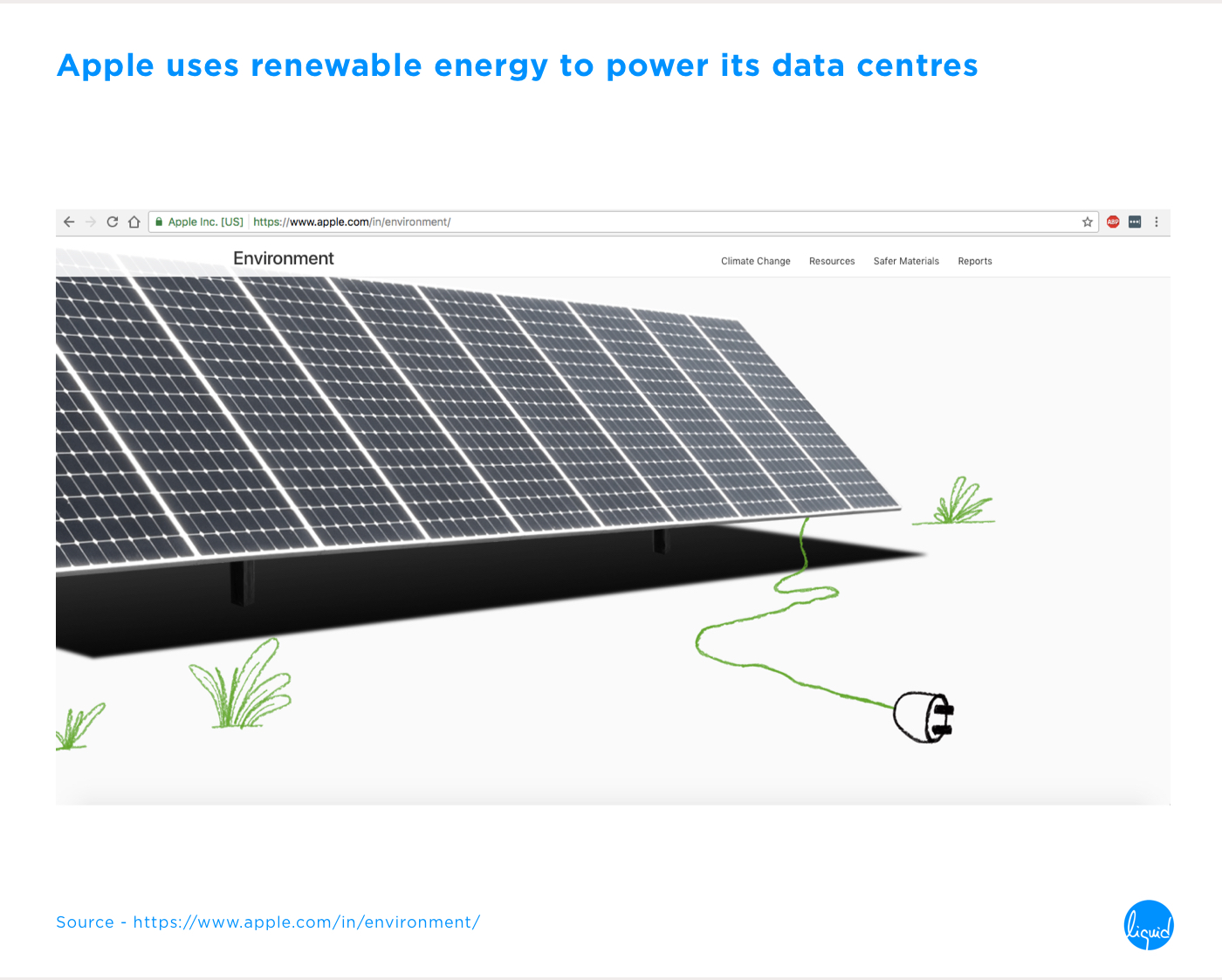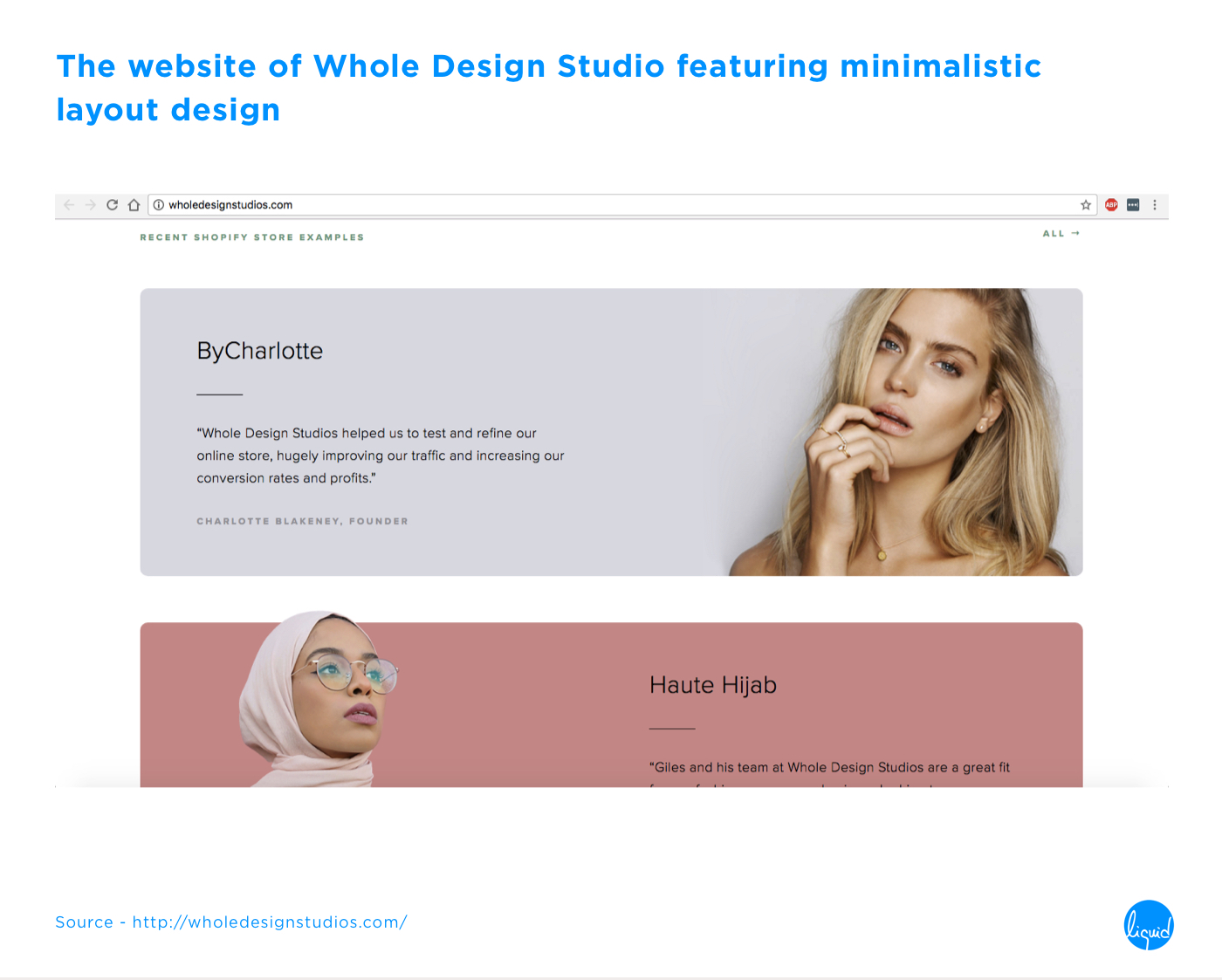Technological inventions have never allowed the scope of innovation to slow down. Then why work as a carbon copy by being replica or recreation of what already exists? Coming up with an innovation is a synonym for good design. Investing time and energy to build up something that solves a problem will make your design stand out and more effective.
Why should aesthetics compromise the purpose of a design? Utility is not a choice but the primary element of your design. A design may look appealing but unless it serves a purpose, how worth could it be.
How often do we see a fillip in our emotions when we look at a design, product, packaging or your favourite celebrity endorsing a brand in a TV commercial? We don’t mean to hurt your logical reasoning superpowers but the answer is always ‘Yes’. No doubt, the visual appeal of your design will build a psychological connection with the users and helps them to adapt to it.
We understand that designers are loaded with creative ideas floating inside their head but sometimes it puts your design in threat. Too much focus on creativity makes you blind and forget everything else around it. Creativity shouldn’t make your design look complex and difficult to understand. Clarity makes the user quick to grasp it.
Imagine you just came across an amazing online pizza delivery service and now you are curious to know more about it. But as you visit website, you find infinite number of pop ups coming your way to promote its new line of burgers. We know how annoyed your appetite would be. Similarly, a design shouldn’t kill the interest of the user to engage with it.
You might think how could a good design be honest? Do they lie or cheat? Apparently, yes. Designs can cheat or mislead you by levering up expectations and not fulfilling them. Although, breaking up with designs won’t hurt you that bad.
Its always good to be classic than to be trendy. It simply means being long lasting, easily adaptable and compatible throughout, than to keep changing with trends.
What if you purchase a gadget without any labelling on it and spend hours discovering what each button could do? You would rather discard it than to be left thinking. As Dieter Rams said, the accuracy of a design is showing respect to the user. Each detail of the design needs to be self-explanatory and nothing should be left to make a guess of.
We borrow huge amount of resources from the environment and giving back becomes our duty. Therefore, a good design should be capable of minimising its impact on the environment at least at the stage of its usage or post usage.
Minimalism has, of course, become the much talked about thing in design. And why not? Creating a simple and minimalistic design increases the realm of driving focus towards the salient aspects of any product. As soon as you start loading the product with peripheral details, the essential features start fading away.
A design must not be perceived only as a visual element to beautify the look of a product. Design primarily needs to be problem solving and focused on a particular function for which it has been created. The better it communicates itself to the user, the more versatile it is, and hence a GOOD DESIGN.
